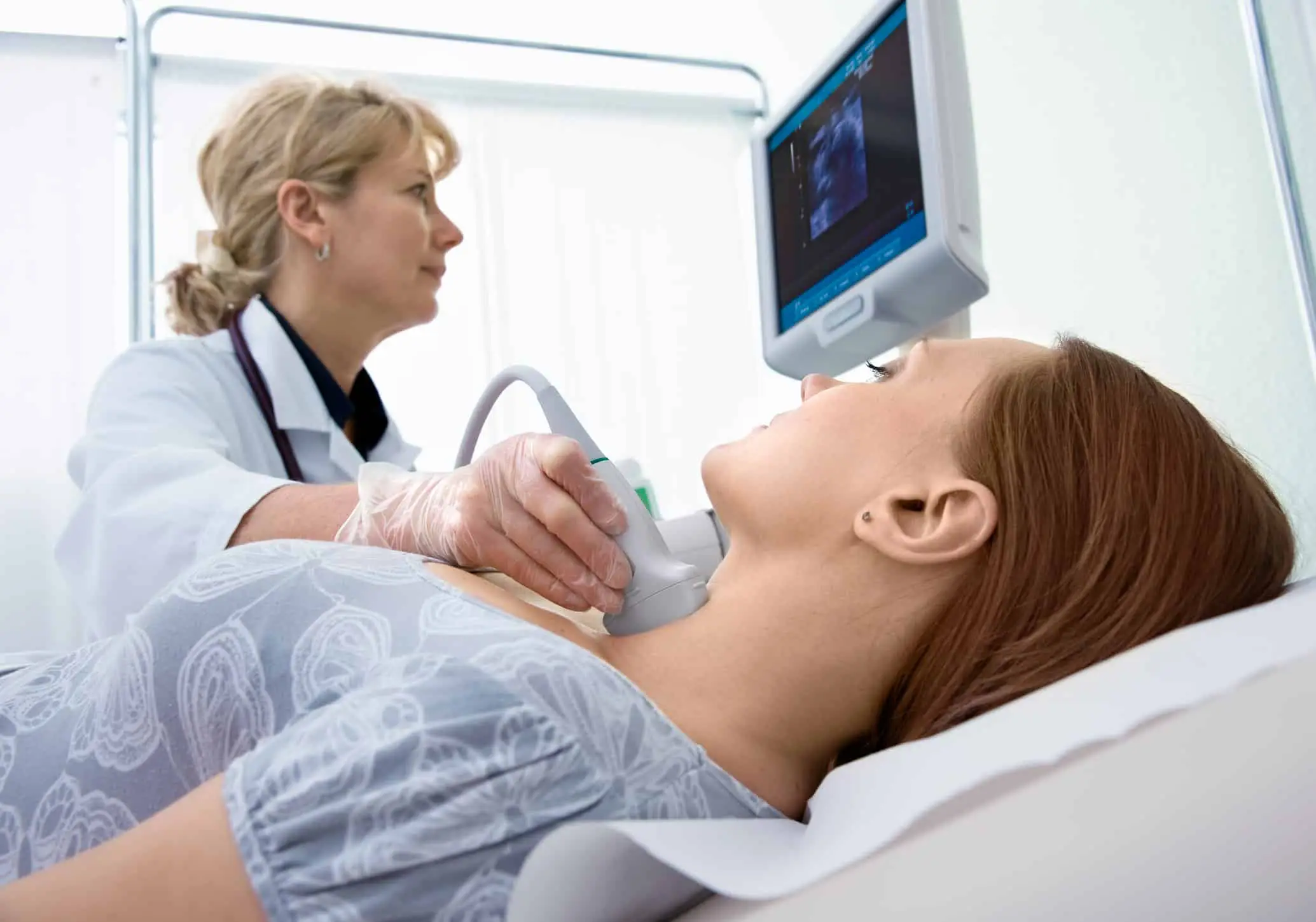
The Importance of Thyroid Ultrasound in Diagnosing Disorders
Thyroid disorders can significantly impact a person’s overall wellbeing, potentially leading to various health complications if left untreated. The accurate diagnosis of these disorders is crucial for effective treatment and management. In recent years, thyroid ultrasound has emerged as a valuable diagnostic tool in the field of endocrinology. This article delves into the importance of thyroid ultrasound in diagnosing disorders, exploring its benefits, procedure, and the common conditions it can identify.
Importance of Thyroid Ultrasound:
Thyroid ultrasound plays a vital role in assessing the structure and function of the thyroid gland. Here’s why it is considered an indispensable tool in diagnosing disorders:
Non-invasive and Safe: Unlike other imaging techniques, thyroid ultrasound is non-invasive, painless, and safe. It utilizes high-frequency sound waves to produce detailed images of the thyroid gland without any radiation exposure.
Accurate Evaluation: Thyroid ultrasound provides a detailed evaluation of the thyroid gland’s size, shape, texture, and any abnormal growths or nodules present. This helps in distinguishing between benign and malignant tumors and aids in early detection of cancer.
Early Detection of Disorders: Thyroid ultrasound can detect various conditions, including goiters, thyroid nodules, cysts, and thyroiditis. Detecting these disorders early allows for timely medical intervention and prevents complications.
Guiding Biopsy Procedures: When a suspicious nodule is detected, guided fine-needle aspiration biopsy can be performed using ultrasound imaging. This technique ensures accurate sampling of the tissue, reducing unnecessary surgeries and ensuring appropriate management of nodules.
Monitoring Treatment Progress: After diagnosis, thyroid ultrasound is useful for monitoring the effectiveness of treatment and assessing the response to medication or surgical interventions.
Procedure and Patient Experience:
A thyroid ultrasound typically involves the following steps:
- The patient lies on their back, with their neck extended.
- The sonographer applies a gel to the neck area and uses a handheld device called a transducer to transmit sound waves into the thyroid region.
- The transducer captures the echoes produced by the sound waves as they bounce back, creating real-time images of the thyroid gland on a monitor.
- The sonographer moves the transducer across the neck, capturing images from different angles to ensure a comprehensive evaluation.
- The procedure usually takes around 15-30 minutes and is painless and well-tolerated by most patients.
Common Conditions Detected by Thyroid Ultrasound:
Thyroid ultrasound can identify various conditions affecting the thyroid gland, including:
-
Thyroid Nodules: These are abnormal growths within the thyroid gland. Thyroid ultrasound helps determine their size, location, and characteristics, aiding in identification of potential malignancy.
-
Goiters: Goiters refer to the enlargement of the thyroid gland. Ultrasound helps determine the extent and underlying causes, such as iodine deficiency or autoimmune thyroiditis.
-
Thyroid Cancer: Ultrasound can detect suspicious nodules, calcifications, and other features associated with thyroid cancer, enabling early detection and appropriate intervention.
-
Thyroiditis: This is inflammation of the thyroid gland, often caused by autoimmune disorders or viral infections. Ultrasound helps evaluate the extent and severity of inflammation.
Conclusion:
Thyroid ultrasound is a valuable tool in diagnosing thyroid disorders, playing a crucial role in early detection, accurate evaluation, and effective management. Its non-invasive nature, accuracy, and ability to guide biopsy procedures make it an indispensable asset in the field of endocrinology. By undergoing thyroid ultrasound, individuals can gain valuable insights into their thyroid health, ensuring timely interventions and improving overall well-being.

